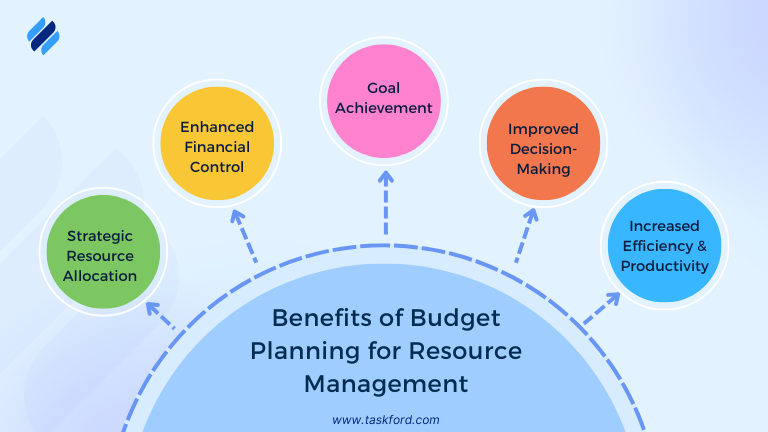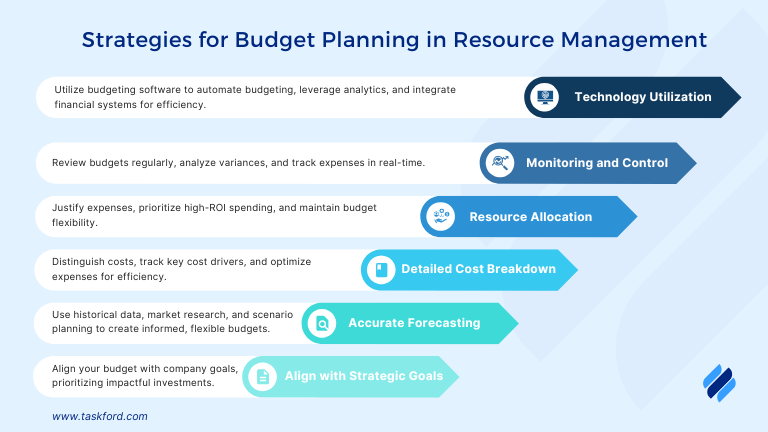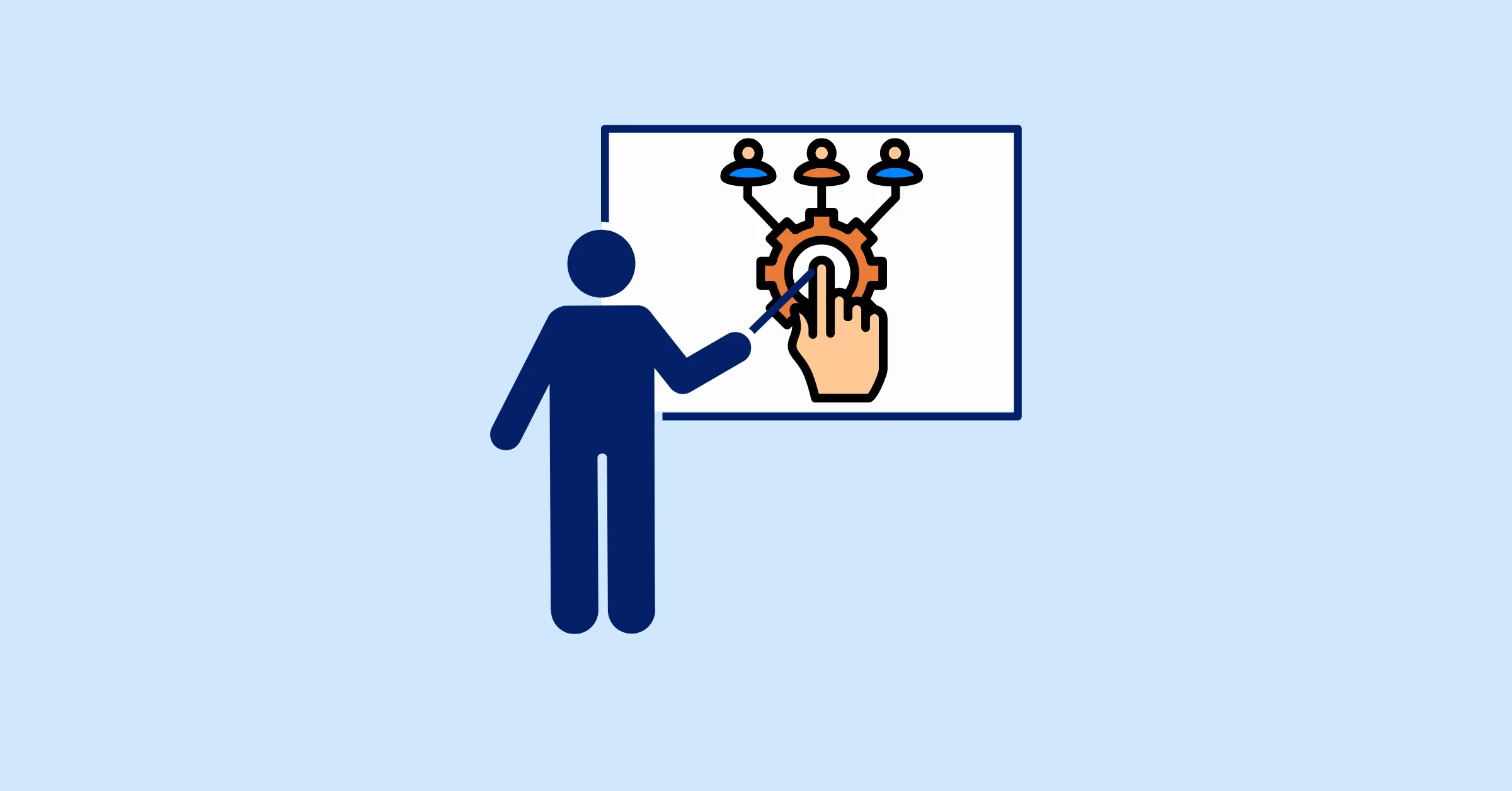How Can Budget Planning Help Manage Resources - Best Tactics 2025
Learn how budget planning helps manage resources efficiently, reduces costs, optimizes operations, and enhances business growth.

Budget planning is the backbone of effective resource management. Whether you're a business owner, project manager, or financial planner, knowing how to allocate resources efficiently can make a significant impact on your organization's success. Without a structured budget plan, resources can be wasted, expenses can spiral out of control, and financial goals may remain unachievable.
In this blog, we’ll explore how budget planning optimizes resource management, enhances cost management, and supports business growth, along with emerging trends shaping the future of financial planning.
The Role of Budget Planning in Resource Management
Budget planning plays a crucial role in managing financial and non-financial resources within an organization. It ensures that businesses stay financially stable while optimizing their operations. Here's how it contributes to effective resource management:

- Aligning Financial Goals with Business Strategy: Budget planning helps organizations align their financial resources with business objectives, ensuring growth and sustainability.
- Optimizing Resource Allocation: By defining clear budget categories, businesses can allocate resources efficiently, avoiding overuse or shortages.
- Enhancing Operational Efficiency: Budget planning enables businesses to streamline operations by ensuring that funds are directed toward productive areas.
- Reducing Financial Risks: A well-structured budget helps anticipate and mitigate financial risks, ensuring business continuity.
Key Benefits of Budget Planning for Resource Management
Budget planning helps businesses allocate resources efficiently, control costs, and improve productivity. Here’s how it benefits resource management:
Budget planning offers a multitude of key benefits for effective resource management. Here are some of the most significant advantages:

1. Strategic Resource Allocation:
- Clarity on Spending: A budget provides a clear picture of where your money is going, enabling you to make informed decisions about how to allocate resources to best meet your needs and goals.
- Prioritization: By outlining expected income and expenses, a budget helps prioritize essential expenditures and avoid unnecessary spending.
- Optimized Resource Use: Budgeting ensures resources are directed towards the most critical areas, maximizing their impact and minimizing waste.
2. Enhanced Financial Control:
- Spending Tracking: A budget facilitates tracking your actual spending against planned expenditures, allowing you to identify areas of overspending or potential savings.
- Debt Management: By allocating funds for debt repayment, a budget helps proactively manage debt and avoid accumulating further obligations.
- Financial Stability: Budgeting provides a sense of control over your finances, reducing stress and promoting financial stability.
3. Goal Achievement:
- Setting Financial Goals: A budget helps define and quantify financial goals, such as saving for a down payment, retirement, or a major purchase.
- Roadmap to Success: A budget serves as a roadmap to achieving your financial goals, outlining the steps needed to reach them.
- Progress Monitoring: By tracking your progress against your budget, you can monitor your progress toward your goals and make adjustments as needed.
4. Improved Decision-Making:
- Informed Choices: A budget empowers you to make informed financial decisions, such as whether to take on debt, invest in a particular opportunity, or make a major purchase.
- Opportunity Assessment: Budgeting allows you to assess the financial implications of different choices, helping you select the most advantageous options.
- Risk Management: By anticipating potential financial challenges, a budget helps you prepare for unexpected events and mitigate risks.
5. Increased Efficiency and Productivity:
- Streamlined Operations: Budgeting promotes efficient resource utilization, reducing waste and optimizing operational processes.
- Productivity Enhancement: By clarifying financial priorities, a budget helps focus efforts on the most important tasks and initiatives, boosting productivity.
- Performance Measurement: A budget provides a benchmark for measuring financial performance, enabling you to track progress and identify areas for improvement.
How Can Budget Planning Help Manage Resources Effectively

1. Align with Strategic Goals:
- Clear Objectives: Structure your budget to directly support the company’s overarching goals. Every expenditure should serve a clear purpose, contributing to measurable business outcomes.
- Prioritization: Allocate resources to initiatives with the highest potential for driving growth, innovation, and long-term success, ensuring alignment with strategic priorities.
2. Accurate Forecasting:
- Historical Data: Analyze past financial performance to identify trends and patterns that can inform future projections. (Source: Noble Desktop)
- Market Research: Stay informed about industry trends, market conditions, and competitor activities to make realistic assumptions about revenue and expenses.
- Multiple Scenarios: Develop different budget scenarios based on best-case, worst-case, and most likely outcomes to prepare for various possibilities.
3. Detailed Cost Breakdown:
- Fixed vs. Variable Costs: Clearly distinguish between fixed costs (rent, salaries) and variable costs (materials, marketing) to understand how expenses change with production or sales volume. (Learn How To Calculate Variable Costs)
- Cost Drivers: Identify the key factors that influence costs (e.g., raw material prices, labor costs) and monitor them closely.
- Cost Optimization: Continuously look for opportunities to reduce costs without compromising quality or efficiency.
4. Resource Allocation:
- Zero-Based Budgeting: Consider justifying every expense from scratch for each budget period, rather than simply carrying over previous budgets.
- Value for Money: Evaluate the return on investment for each expenditure to ensure resources are allocated to areas that generate the most value.
- Flexibility: Build some flexibility into the budget to accommodate unexpected expenses or changes in priorities
5. Monitoring and Control:
- Regular Reviews: Conduct frequent budget vs. actual reviews to track performance and identify any variances.
- Variance Analysis: Investigate significant variances to understand the reasons behind them and take corrective action.
- Real-Time Tracking: Use budgeting software or tools to monitor expenses in real-time and make timely adjustments
6. Technology Utilization:
- Utilize Budgeting Software: Automate budgeting processes with advanced tools like TaskFord to enhance accuracy, streamline workflows, and enable real-time financial tracking.
- Advanced data analytics tools: Analyze spending behaviors, detect cost-saving opportunities, and generate predictive financial insights to optimize budget management.
- Integration: Integrated financial systems connect budgeting tools with accounting software, payroll, and enterprise resource planning (ERP) systems, ensuring seamless data synchronization and comprehensive financial reporting.
By implementing these best tactics, businesses can create and manage budgets that effectively allocate resources, control costs, and support the achievement of strategic goals.
Future Trends in Budget Planning and Resource Management
Budget planning and resource management are rapidly evolving, driven by advancements in technology and changing business needs. Here are some key trends shaping the future:

1. AI and Automation: Transforming Budgeting Efficiency
- Predictive Analytics Enhancing Accuracy: AI-driven forecasting tools will analyze historical sales data, market trends, and social media sentiment to predict future revenue with 90% accuracy, significantly improving over traditional methods (75%). These insights will enable businesses to adjust budgets proactively for hiring, marketing, and production, reducing financial uncertainty.
- Automated Budget Creation: AI-powered tools will eliminate manual data entry and streamline financial reporting, allowing finance teams to focus on strategic planning instead of administrative tasks.
- Intelligent Resource Allocation: Machine learning algorithms will analyze spending patterns and operational data to recommend optimal budget distribution, ensuring funds are allocated efficiently across departments and projects.
2. Cloud-Based Solutions:
- Real-Time Collaboration: Cloud platforms will enable real-time collaboration on budgets and forecasts, improving communication and efficiency. By 2025, 83% of enterprise workloads are expected to be in the cloud, enabling seamless collaboration and access to data (Source: Data Canopy)
- Anywhere, Anytime Accessibility: Cloud-based budgeting tools will provide on-demand access from any location, empowering remote teams and ensuring financial data remains available across devices.
- Effortless Scalability: As businesses grow, cloud solutions will scale effortlessly, accommodating increasing data volumes and complex financial structures without requiring extensive infrastructure upgrades.
3. Continuous Planning and Rolling Forecasts:
- Increased Agility: Traditional static annual budgets are becoming outdated as businesses shift toward rolling forecasts that are updated monthly or quarterly. This agile approach allows organizations to adapt quickly to market shifts and make data-driven financial decisions in real time.
- Greater Responsiveness: Continuous planning enables businesses to adjust budgets proactively based on emerging economic trends, unexpected disruptions, or new opportunities. This flexibility reduces financial risks and ensures resources are allocated efficiently.
4. Data Visualization and Storytelling:
- Interactive Dashboards: Traditional spreadsheets will be replaced by dynamic, interactive dashboards, allowing users to drill down into financial data, analyze trends, and explore different budget scenarios in real time.
- Compelling Narratives: Data storytelling will transform how financial insights are presented, using visualizations and clear narratives to make complex data more accessible, helping stakeholders make informed decisions faster.
Conclusion
Budget planning is essential for effective resource management, helping businesses optimize financial decisions, allocate resources strategically, and drive growth. By adopting AI-driven forecasting, cloud-based solutions, rolling forecasts, and data visualization, organizations can create a more agile and responsive budgeting system.
As technology advances, businesses that embrace modern budgeting strategies will gain a competitive edge by enhancing financial accuracy, reducing risks, and improving decision-making.
Ready to optimize your budget and resource management?
Start using TaskFord today to streamline budgeting, improve forecasting, and maximize financial efficiency!
Making work simpler,
smarter, and more connected
Join our waitlist and be notified first.

Related Blog
Subscribe for Expert Tips
Unlock expert insights and stay ahead with TaskFord. Sign up now to receive valuable tips, strategies, and updates directly in your inbox.






